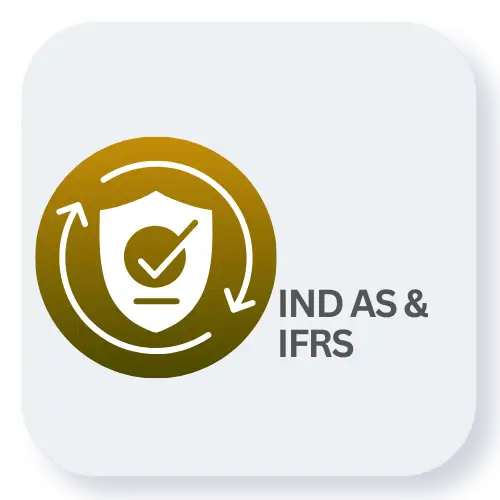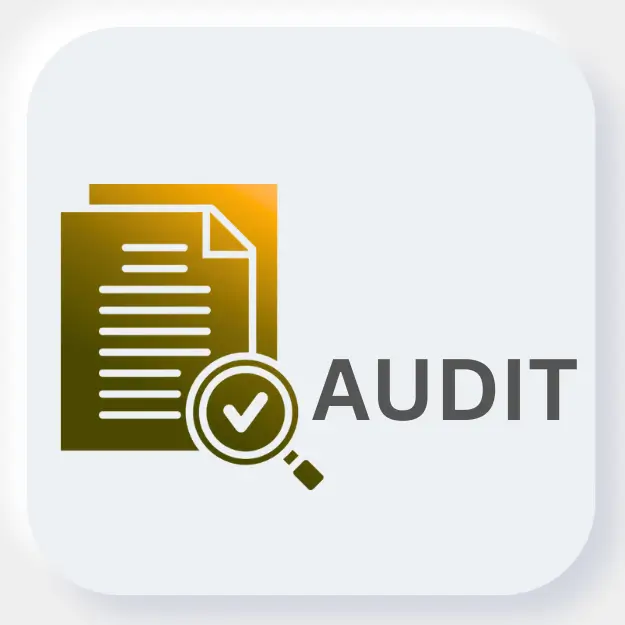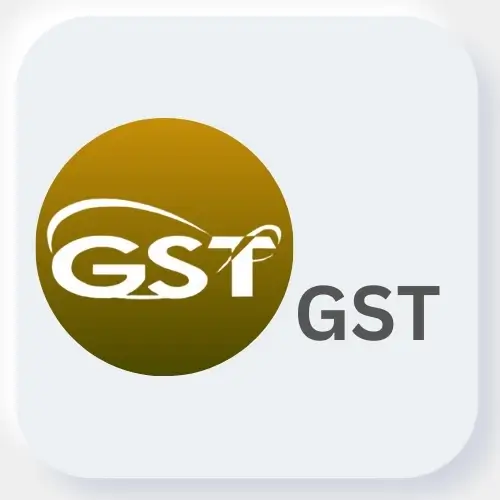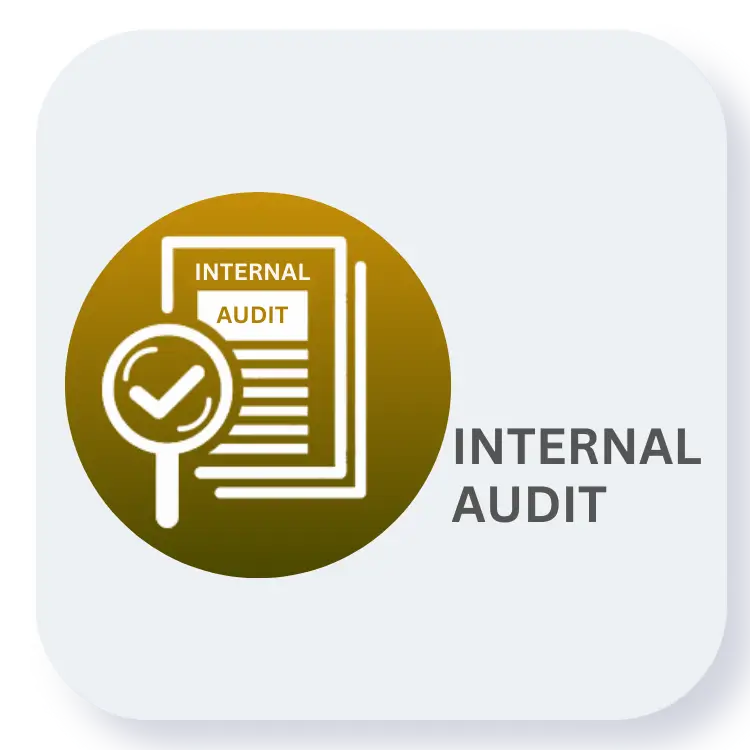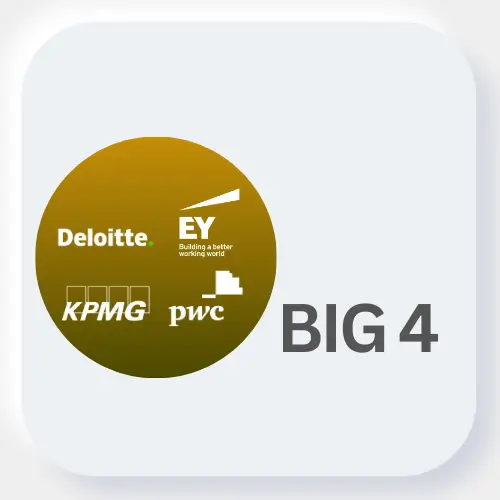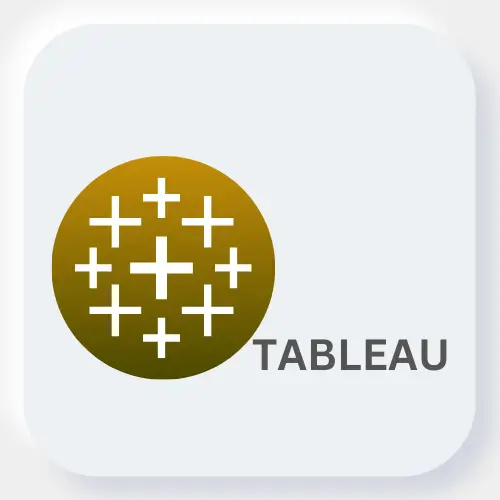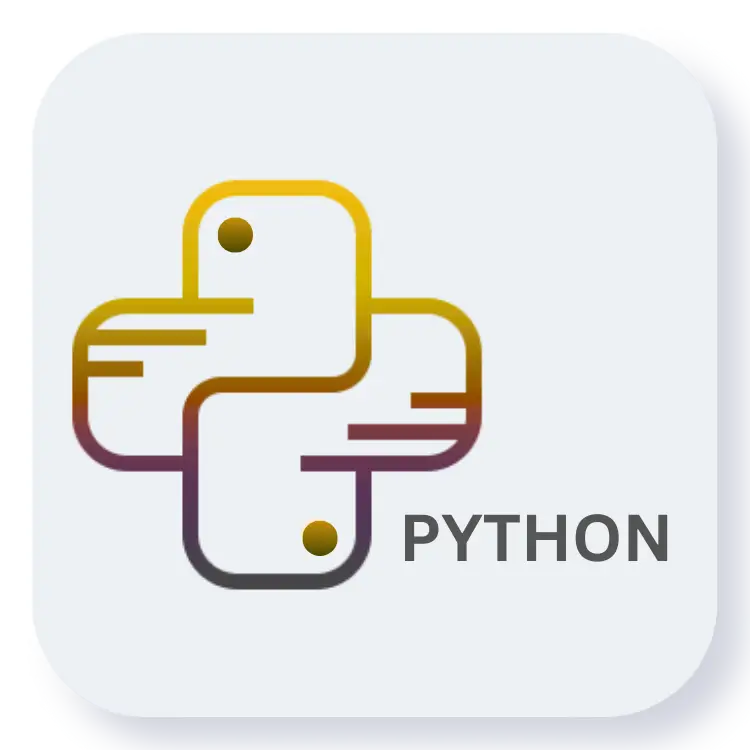Introduction
Transfer pricing (TP) is one of the most sought-after and technical domains in tax. If you're preparing
for roles in Big 4s or global MNCs, Transfer
Pricing interview questions are going to be a key part of
your selection process. Whether you’re a fresher or have done your articleship in direct tax, it’s
important to align your preparation with the expectations of interviewers.
This blog brings together the most commonly asked questions in transfer pricing interviews, structured
around basic, technical, compliance, and international tax dimensions. Each section is crafted to give
you clarity, direction, and the confidence to face interviews.
Transfer Pricing Interview Questions: Understanding the Basics
Before you dive deep to understand technical jargon, let’s make sure that your basics are solid.
Interviewers often begin with these:
1. What is Transfer Pricing?
Let’s decode it.
Imagine you're running a group of companies - let's say one is in India, one is in Singapore, and one is
in Ireland (for “tax reasons”, of course). Now, instead of buying from outside vendors, your Indian
company decides to buy raw materials from your Singapore branch.
Sounds convenient, right? But wait.
At what price should this transaction happen?
Should your Singapore branch charge your Indian branch full market price? Or a cousin-brother
discount?
That price - the one at which two parts of the same company deal with each other - is called
Transfer Price.
And the whole set of rules and regulations to keep this price fair (read: not shady) is what we call
Transfer Pricing.
Now, let’s take a look at important transfer pricing interview questions.
Why Is Transfer Pricing a Big Deal?
Because governments don’t like being played.
Let’s be honest, if companies could freely decide these prices, they’d sell everything to their branch
in a low-tax country at dirt-cheap rates, show “low profits” in high-tax countries, and basically do an
IPL style transfer of income to wherever tax is lowest.
So, tax authorities came up with a rule:
“Price it like you would if you were dealing with a third party.”
This is called the Arm’s Length Principle — no emotional pricing, just market pricing.
This basic concept is at the core of all transfer pricing interview questions.
2. What is Arm’s Length Price?
Arm’s length price (ALP) is the price at which transactions should occur between
unrelated parties in an open market. ALP is critical to prevent companies from shifting profits to
low-tax jurisdictions.
3. What are the Methods of Determining ALP?
There are five major methods prescribed under Indian and OECD rules:
- Comparable Uncontrolled Price (CUP) Method
- Resale Price Method
- Cost Plus Method
- Transactional Net Margin Method (TNMM)
- Profit Split Method
Most interview questions for TP analysts will test your understanding of when and how each method is
applied.
Transfer Pricing Interview Questions: Technical Concepts You Must Be Clear About
4. Do You Know About BEPS?
BEPS stands for Base Erosion and Profit Shifting — it’s basically how big multinational companies move
their profits around the world to avoid paying high taxes. They shift income to countries with little or
no tax, even if they’re not really doing business there.
5. Do You Know About OECD Guidelines?
OECD guidelines are globally accepted principles for transfer pricing compliance interview questions.
Most interviewers will expect you to know the role of OECD in shaping domestic laws, especially India's
adoption of three-tier documentation.
6. How Does Transfer Pricing Impact MNCs?
Transfer pricing plays a massive role in how multinational companies show profits in different
countries. If it’s not done right, it can lead to double taxation, penalties, and sometimes even bad
press. Imagine earning in India but paying tax on the same amount in Germany too — that’s how messy it
can get. That’s why companies rely on transfer pricing professionals to keep things clean, legal, and
fair. Their job is to make sure profits are reported where they’re actually earned — so the company
stays compliant and out of trouble.
Documentation & Compliance-Oriented Questions
Documentation is a huge part of your work as a TP analyst. Many transfer pricing documentation questions
revolve around this core compliance responsibility.
7. Due Date for Filing Return Where TP Is Applicable
In India, if a company enters into international or specified domestic transactions, the due date for
filing its income tax return is November 30 of the assessment year. This comes under Section 92E.
8. What Does Rule 10D Require?
Rule 10D of the Income Tax Rules mandates that companies maintain robust documentation for international
transactions. This includes transaction details, functional analysis, comparability analysis, and
economic justification.
Expect a number of transfer pricing compliance interview questions around Rule 10D.
9. What Is Section 92CE? (Secondary Adjustments)
Section 92CE mandates that if a primary adjustment is made, a secondary adjustment should follow. This
means the excess money should be repatriated, else it is treated as an advance, and interest is
imputed.
Secondary adjustment scenarios are often asked under TP adjustments interview questions.
10. What Are the Master File and Local File?
As part of India's adoption of OECD’s three-tier documentation:
- The Master File provides a global overview of the MNE group.
- The Local File details specific transactions of the Indian entity.
These are frequently cited in transfer pricing documentation questions.
11. What Is Country-by-Country Reporting (CbCR)?
CbCR is mandatory for large multinationals. It discloses revenue, profit, taxes paid, and business
activities across jurisdictions. It aims to increase transparency and is integral to any OECD guidelines
interview.
12. What Are the Penalties for Non-Compliance?
The penalties for ignoring or messing up transfer pricing rules aren’t light. Even missing documentation
or filing the wrong details can cost you up to INR 1,00,000 per transaction. And it doesn’t stop there —
companies might have to pay extra taxes, interest, and face scrutiny that could damage their public
image too. It’s one area where cutting corners just isn’t worth it.
Deep Dive: Methods and Application
13. Explain the CUP Method
The Comparable Uncontrolled Price method compares the price charged in a controlled transaction to a
price in an uncontrolled transaction under similar conditions.
This is the most preferred method globally and often featured in transfer pricing interview questions.
14. What Is the Cost Plus Method?
Under this, the cost incurred by the supplier is marked up by a reasonable profit margin. It’s best used
in manufacturing or contract service provider scenarios.
15. What Is TNMM?
Transactional Net Margin Method compares the net profit margin from a controlled transaction with that
of similar uncontrolled transactions. TNMM is commonly applied in India due to ease of availability of
data.
Understanding this is crucial for answering TP adjustments interview questions.
16. What Is the Profit Split Method?
Used when both parties make unique contributions. The combined profits are split based on each party’s
contribution. It’s often used in joint ventures or where IP is involved.
This comes up often in OECD guidelines interview discussions.
Industry Relevant & Practical Questions
Since, TP is a niche field, immense technical knowledge is not expected from freshers, but you must have
a strong foundation. The foundation is built while studying Taxation during CA Final / CA Inter or while
studying other professional courses like CS, CMA, etc.
So when you’re preparing for Transfer Pricing Interview Questions, then make sure you’re not missing out
on the practical case scenarios as well. The interviewer can make a practical case scenario during the
interview to judge your analytical skills.
17. What Are Intangibles in Transfer Pricing?
Intangibles include patents, trademarks, and brand names. Their valuation is complex due to lack of
comparables. TP analysis here requires judgment, which is why this is a hot topic in interviews.
18. How Are Intra-group Services Evaluated?
The key test is whether an independent enterprise would have paid for the service. Benchmarking or cost
allocation methods are often applied.
Expect this in interview questions for TP analysts with a practical twist.
19. What About Audit and Litigation Exposure?
Interviewers may ask about your comfort level with litigation, audit support, and drafting TP reports.
If you’ve worked on assessment replies or audits, be ready to discuss that.
Bonus: Role-Specific Questions for TP Analysts
- How would you apply TNMM in a service industry scenario?
- Explain a situation where you had to justify a markup in a cost-plus transaction.
- How would you select comparables using databases like Prowess or Capitaline?
- What’s your understanding of FAR (Functions, Assets, Risks) analysis?
- Have you prepared a TP study report end-to-end?
These are technical and form the backbone of interview questions for TP analysts.
Final tips for transfer pricing interview:
You must:
- Understand the basics: definitions, methods & compliance rules.
- Study recent OECD updates and changes in India’s TP rules.
- Review your past TP work experience (if any) and be ready to discuss the methodology and rationale
behind your analysis. If you’ve taken our Transfer Pricing MasterClass, then you can talk about the
learnings gained from that Masterclass extensively.
- Remember one thing clearly: You don't have to learn the definitions by heart, but you must
understand the logic.
- Also, prepare for international tax interview questions if you’re applying to global teams.
Mastering these transfer pricing interview questions won’t just help you crack interviews, but also make
you job-ready for one of the most challenging and rewarding domains in tax and finance.

